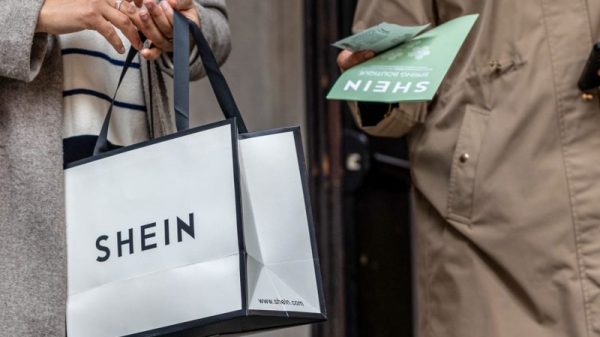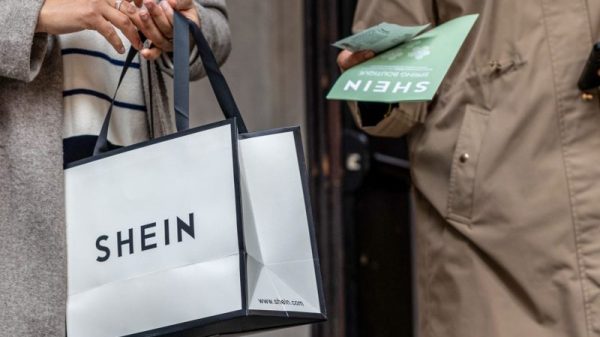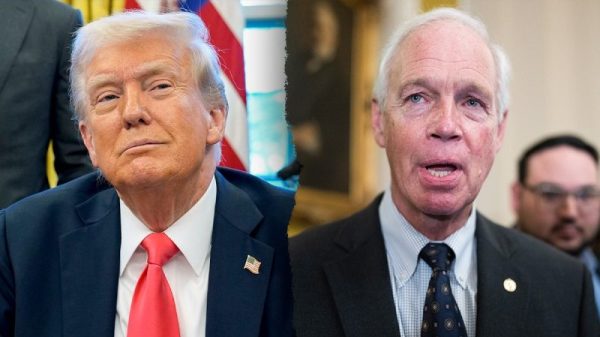Warning: This article contains disturbing descriptions about the practices of colonial settlers in Tasmania and violence against Tasmanian Aboriginal peoples.
Colonial settlers of the Victorian era were often complicit in atrocities committed against native populations — and new research is unveiling just how those stories intertwine with the lineage of museum specimens still on display today.
New details about the misdeeds of one prolific collector of human and animal remains are detailed in a paper by Jack Ashby, the assistant director at Cambridge University’s Museum of Zoology in the United Kingdom. The study, published Tuesday in the peer-reviewed journal Archives of Natural History, shines a light on past injustices and raises questions about the legitimacy of some academic honors bestowed on scientists of the era.
A review of letters and other documents about the British colonist Morton Allport, who lived on the Australian island of Tasmania in the 1800s, showed he explicitly requested scientific accolades in exchange for providing skins or bones of Tasmanian tigers and Aboriginal Tasmanian people — which he obtained by gruesome means — to European museums.
“In all, Allport shipped five Tasmanian Aboriginal skeletons to Europe, proudly identifying himself as the most prolific trader in Tasmanian bodily remains,” according to the study.
Most of the human remains have since been repatriated or were destroyed during war, according to the study, though one skeleton remains in a Belgium museum. But as many as 12 skeletons and skins of carnivorous marsupials called Tasmanian tigers, or thylacines, obtained by Allport are still at the Cambridge University’s Museum of Zoology where Ashby works, serving as a dark reminder of how modern science intersects with colonial genocide and brutality.
“Thinking about what happened to the people in Tasmania, what happened to thylacines and other species in Tasmania … these are entwined with the human and the environmental cost of the colonial projects,” Ashby said.
A backdrop of brutality
Allport, born in 1830, moved from Great Britain to Tasmania with his family as an infant as the violence against and displacement of Indigenous peoples in the colony reached its height.
The colonial government allowed settlers to murder Tasmanian Aboriginal people without punishment and, in 1830, even established a bounty for the capture of Indigenous humans and Tasmanian tigers, or thylacines. The result was the murder or displacement of most of the Indigenous population, driving the number of Aboriginal people from around 6,000 in 1804 down to fewer than 300 by the time Allport arrived on the island, according to the study.
The study relied on historical documents to show that the colonists, employing racist ideas about evolution and “natural selection,” believed that both native humans and animal species were inferior and destined for extinction.
As the local population of native peoples dwindled, the scarcity drove a demand for tokens of their existence in the form of skeletal remains — a market that Allport was eager to supply, according to the study.
It incentivized Allport to purchase and resell or donate the remains of thylacines, which today are believed to be extinct, largely because of colonial actions.
And it spurred him to engage in the brutal acts of grave robbing and corpse mutilation.
William Lanne
The paper details the horrific story behind the remains of one Indigenous person, William Lanne, who was thought to be the last Tasmanian Aboriginal man alive before his death in 1869.
Lanne’s body was taken to a local hospital with plans for burial. But a man under Allport’s direction and another colonist collector, William Crowther, each broke into the hospital on separate occasions before the burial and stole various parts of Lanne’s corpse, according to the study.
Allport even ordered the exhumation of Lanne’s grave after the Aboriginal man’s burial to retrieve what was left of his skeleton, the study states.
The actions were met with public backlash, causing Crowther to lose a respected position at the local hospital.
But both men went on to high-status positions in the colony, and Allport’s role in the desecration of Lanne’s remains has been scarcely publicized, according to the study.
Crowther became Tasmania’s elected premier and later had a statue erected in his honor in the state’s capital. (In 2022, after extensive campaigning by Aboriginal groups, the local city council voted to remove the statue.)
And, from 1870 to 1878, Allport enjoyed a seat as the vice president of the Royal Society of Tasmania, an organization dedicated to science and culture that was modeled after the Royal Society in London. It was while he was serving in that position that the Royal Society of Tasmania exhumed the hidden remains of the last known surviving Tasmanian Aboriginal woman, Truganini, who died in 1876, according to the study.
Truganini had explicitly requested to be cremated to avoid having her remains become a museum exhibit. The Royal Society defied those wishes, displaying her skeleton until 1947, Ashby writes.
Some Aboriginal Tasmanian people did survive colonial persecution, Ashby added, though at brutal costs.
“Many Aboriginal women had been kidnapped by whalers, sealers and other settlers and taken to Bass Strait islands and Kangaroo Island,” where they were often tortured, enslaved and raped, according to the study. Their descendants make up today’s Tasmanian Aboriginal community, Ashby said.
Though Allport was not directly implicated in the murder of any individual Tasmanian Aboriginals, Ashby said, the collector’s writings make clear he recognized and even “savored” the impacts of colonization.
The extinction of Tasmanian tigers
The study also recounts how Allport sought out the carcasses of Tasmanian tigers, which were already widely persecuted because of the belief that the animals were a threat to colonial livestock. (The more likely culprit for livestock killings were dogs trained by colonists to hunt kangaroos, the study notes. Very few sheep were killed by thylacines, according to historical records, while hundreds were killed by dogs.)
To obtain the specimens, Allport relied on a network of “friends,” who likely retrieved the remains from trappers and farmworkers, according to the study.
Allport would then take credit for collecting the thylacines and submit the specimens to European museums, including Musée Royal d’Histoire Naturelle in Brussels, Belgium, the British Museum in London, and the University Museum of Zoology at Cambridge.
Allport explicitly requested “quid pro quo” commendations for handing over the remains, according to his letters. And he was lavished with titles, receiving “accolades from elite international scientific institutions,” the study states. Two species of fish were also named in Allport’s honor.
It’s not clear why Allport sought recognition over financial gain. It could be that Allport’s other businesses — which included mining — were successful enough that Allport was not financially driven, seeking instead to bolster his own status and that of the Tasmanian colony, Ashby said.
But the recognition came even though Allport did little to advance scientific understanding, Ashby said. And it raises the question of how many other acclaimed “scientists” of the era took part in similar practices.
Grappling with a violent legacy
Ashby said that the thylacine specimens at the Cambridge museum are valuable for modern science, offering information about parasites and population genetics. But Ashby believes there is a duty to also share the violent history of the artifacts.
Ashby added that it has only been in roughly the past five years that natural history museums have “woken up to the idea that our collections have colonial legacies — which sounds crazy.”
“We’re not being honest as institutions by not telling these stories,” Ashby said. “We are purported to be scientific, apolitical institutions, but a huge amount of decisions go into how museums present nature.”
Professor Rebecca Kilner, head of the university’s department of zoology, said in a statement that the organization has long appreciated that “natural history can help us understand more about the natural world and how to conserve it.”
“We now (realize) that the social history behind our collections is just as important,” Kilner said.







































